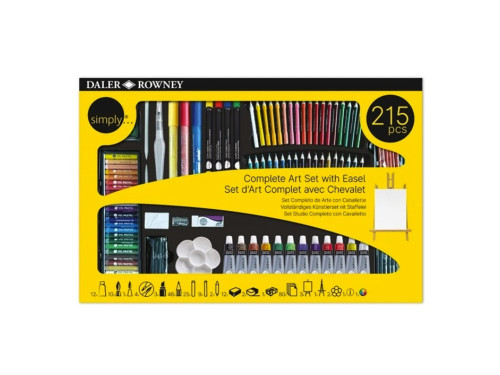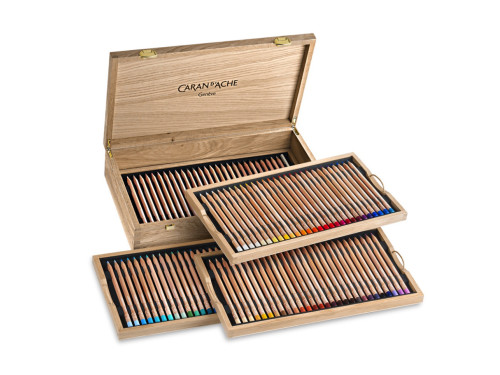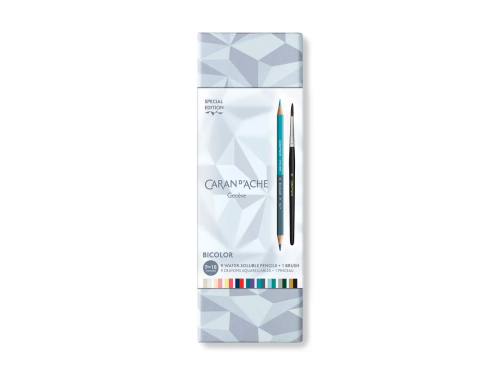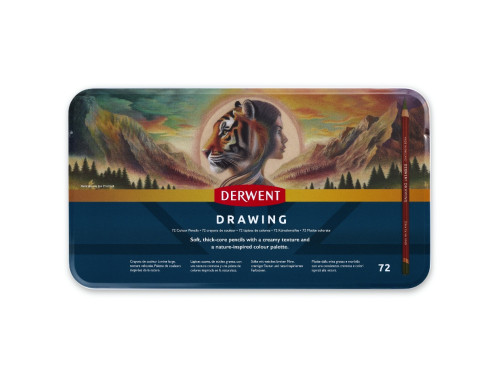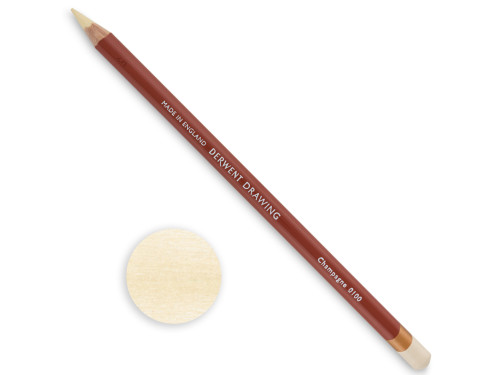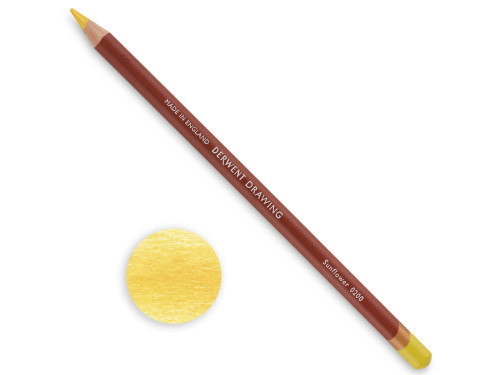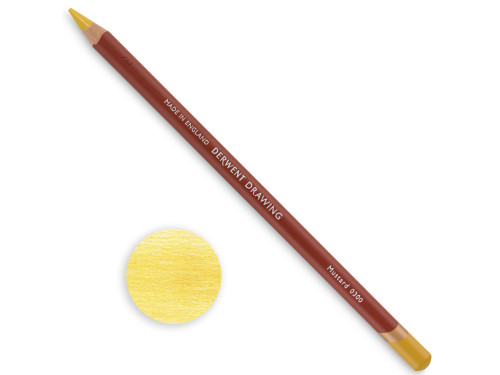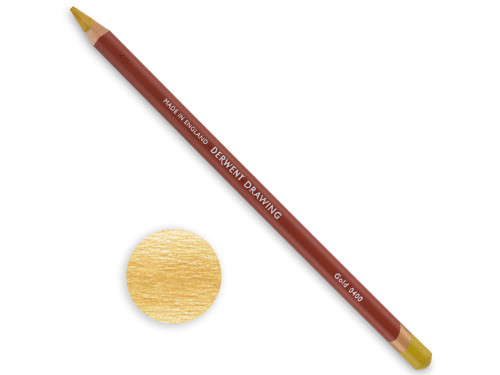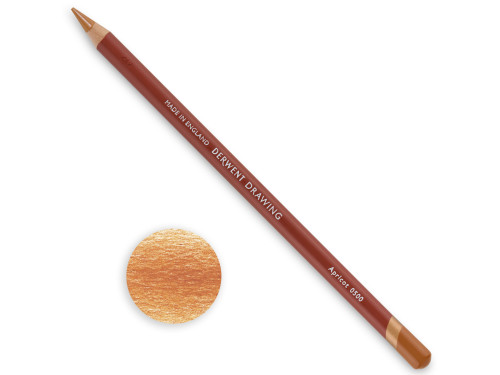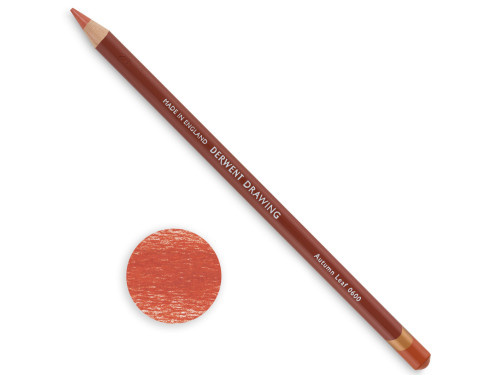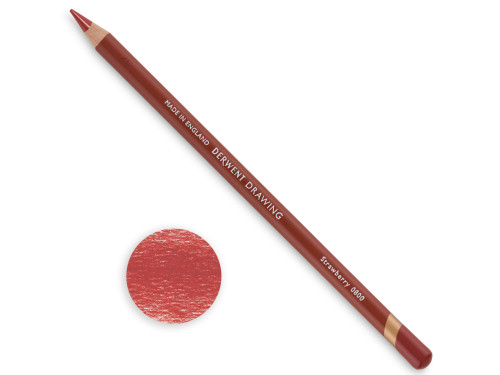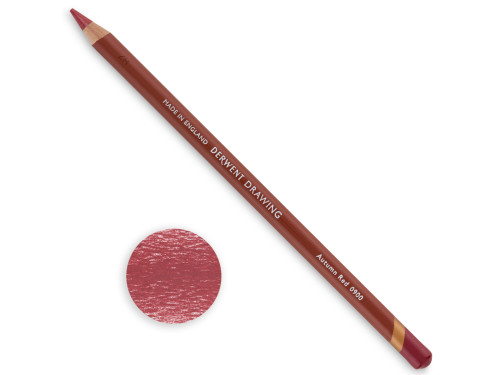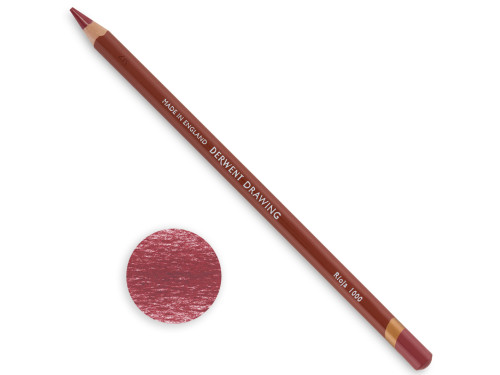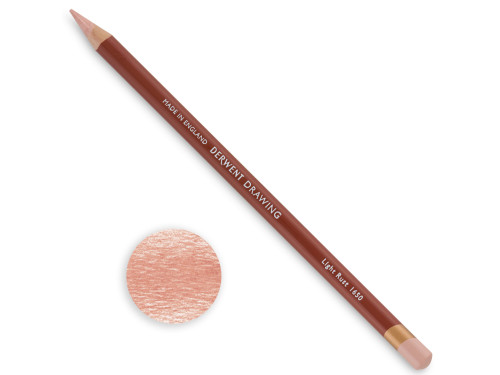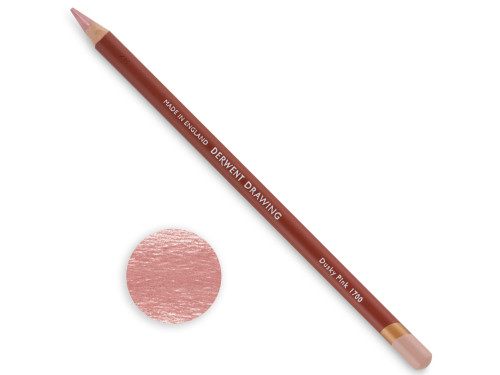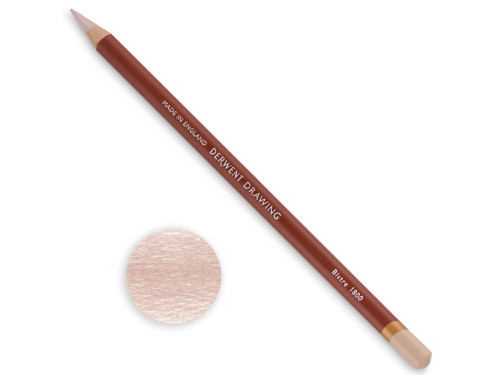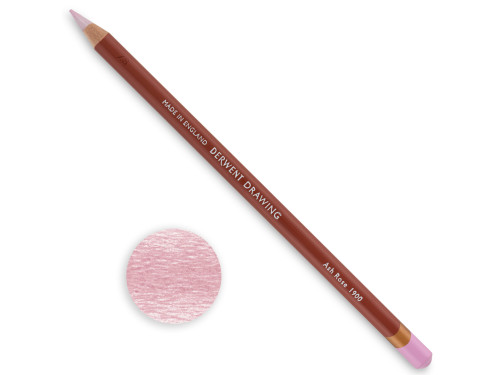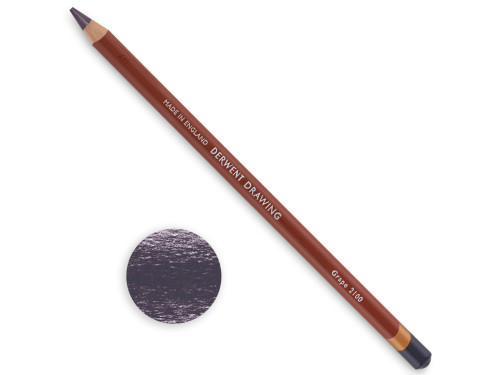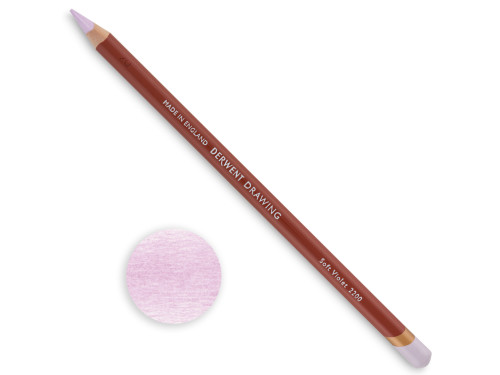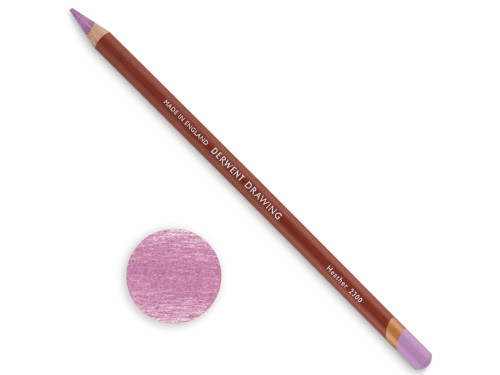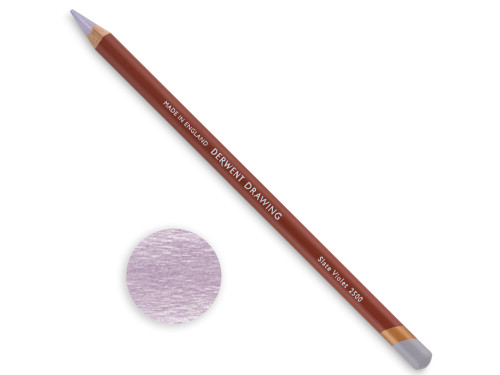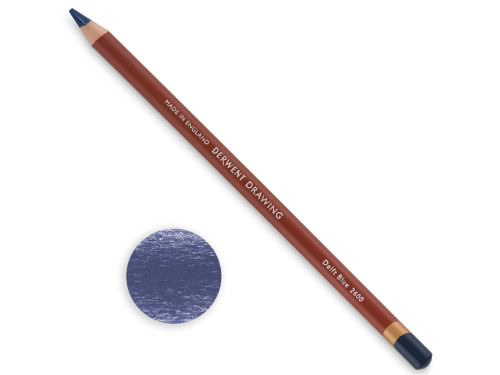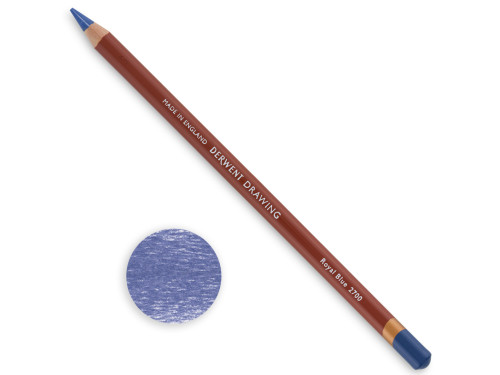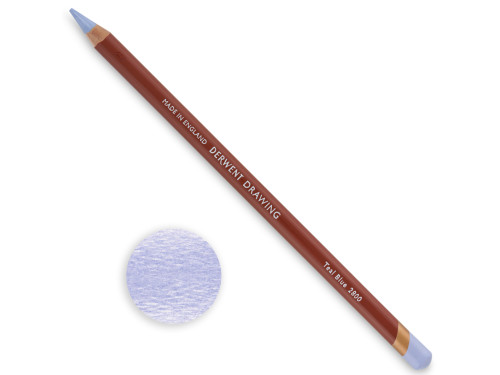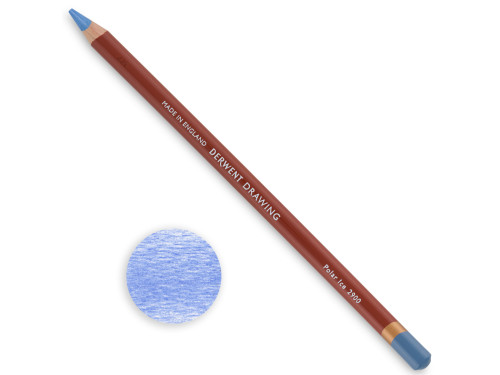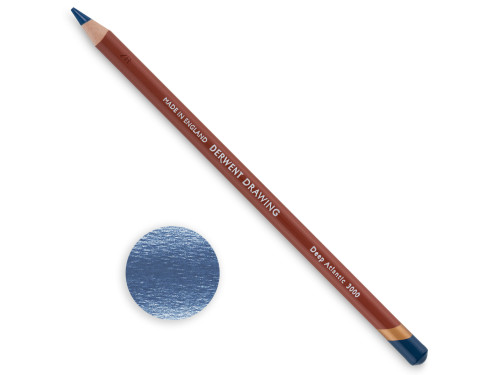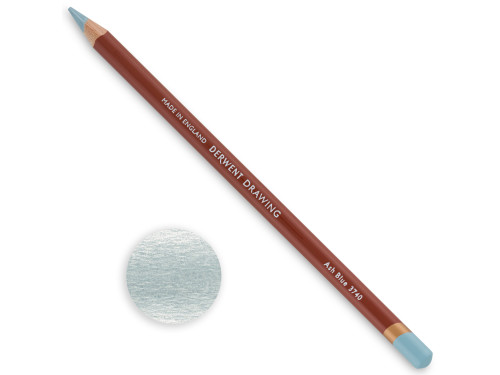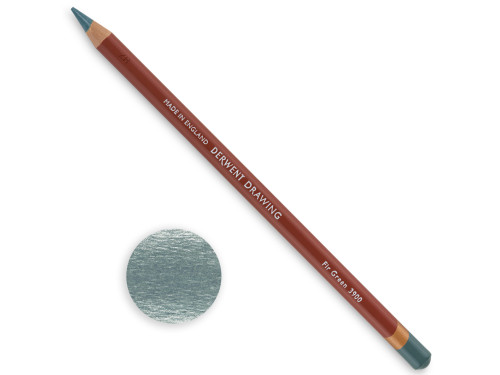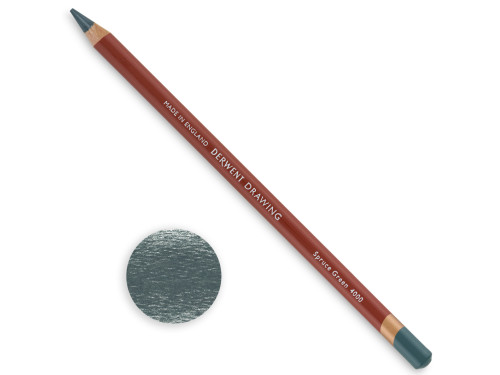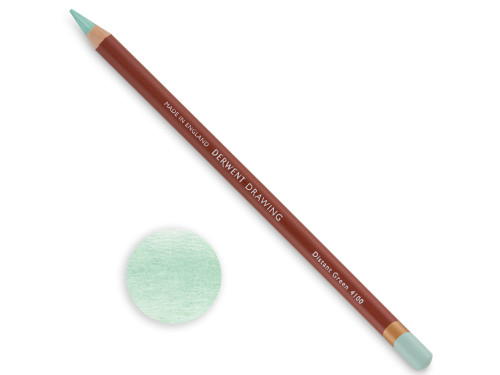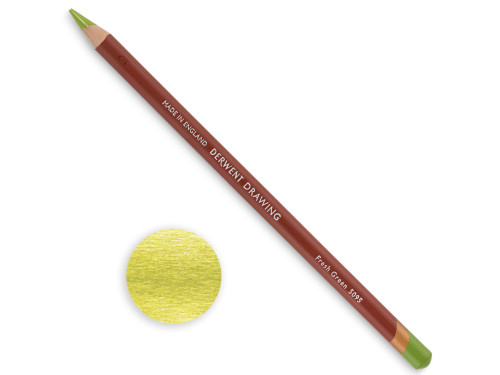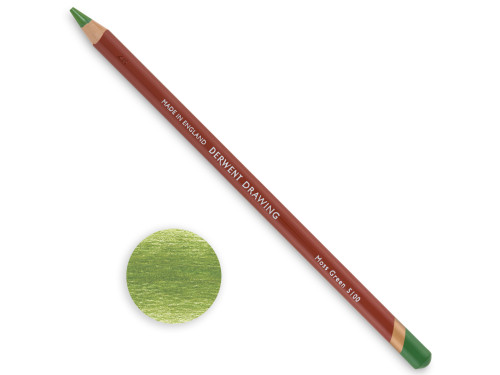Although the oldest crayon in the world is about 10,000 years old, they appeared in popular circulation and in a form similar to the present one much later. The first crayons for children were made in 1903 by Edwin Binney and C. Harold Smith. They were called Crayola (from the French names of the ingredients from which they were made - charcoal and oil) and came in eight primary colors: black, brown, green, blue, purple, red, orange and yellow. Over time, their range of colors has significantly expanded (in 1957 there were already 48 colors), and work began on new formulas that prolonged their life and improved the comfort of use. Currently, there are many different types and forms of crayons, and the color ranges of some series have up to several hundred colors.
Crayons can be divided into four basic types - synthetic resin, wax, oil or watercolor. Wax-based crayons are the softest among crayons available on the market. They will be perfect to start with - thanks to their soft structure, they are easy to create with vivid, saturated colors and smooth transitions. Among the artistic crayons you can also find oil-based crayons. Oil crayons are usually a little harder than wax crayons. This makes them better suited for layering. Their colors combine very well with each other. The last group are watercolor crayons, which combine the features of watercolor paints with the form of a pencil crayon. Thanks to the use of water-soluble pigments and binders, they can be applied to both dry and wet paper, as well as rubbed with a wet brush.
The crayons are divided into school series (also known as children's crayons), student series (also known as studio / hobby crayons) and professional ones (also known as artistic crayons). How are school crayons different from professional crayons? The latter are much better pigmented and have cleaner colors thanks to the use of good-quality, natural pigments. They are easier to apply in multiple layers and blend. Professional colored pencils are easier to sharpen, crumble less, and thus wear out more slowly. In professional crayons, the binder is wax or oil, and not the synthetic resin, characteristic of cheap school crayons. Thanks to the high light resistance of professional crayons, the drawings made with them will last for years in an unchanged form.
Crayons also come in different forms: the most popular are pencil crayons. In classic crayons of this type, the stylus is surrounded by a varnished layer of wood, which protects it against mechanical damage. There are also wood-free pencils available on the market (eg Koh-I-Noor Progresso), the core of which is covered with a thin synthetic layer that protects the hands from dirt. Crayons can also be in the form of a kaolin clay stick in a paper wrapper (the popular "Bambino" crayons). The youngest are also crayons in the form of stones - they are usually made of paraffin, and their surprising shape supports the development of fine motor skills. The next type are pen crayons, which in a closed plastic housing contain interchangeable, multi-colored pens.
The crayons also offer almost unlimited possibilities when it comes to effects: apart from classic crayons that give a matte, semi-matte or satin finish, there are also metallic, glitter and even glowing crayons in the dark or in colors that cannot be seen in the pictures (the so-called non-photo blue colors). There are also fragrant versions, which are especially popular with the youngest, as well as easy-to-wipe crayons - useful in the event of an unplanned mistake - thanks to their properties you can easily fix any errors or shortcomings.
What are the good crayons? It is primarily intense pigmentation that will allow you to obtain saturation and clarity of the drawing also with low pressure and delicate shading. Although the techniques of drawing and coloring are very different, the final effects in artistic drawing are achieved by meticulous layering, sometimes a dozen or so, one after the other.
PaperConcept offers both economical and cheapest student crayons as well as the best art crayons. The crayons are available in small and large sets, as well as in pieces. In the PaperConcept online store and in stationary stores in Warsaw, Kraków, Wrocław, Poznań, Gdańsk and Katowice, you will find, among others, Bruynzeel, Caran d'Ache, Derwent, Faber-Castell, Prismacolor, Renesans, Winsor & Newton.
Although the oldest crayon in the world is about 10,000 years old, they appeared in popular circulation and in a form similar to the present one much later. The first crayons for children were made in 1903 by Edwin Binney and C. Harold Smith. They were called Crayola (from the French names of the ingredients from which they were made - charcoal and oil) and came in eight primary colors: black, brown, green, blue, purple, red, orange and yellow. Over time, their range of colors has significantly expanded (in 1957 there were already 48 colors), and work began on new formulas that prolonged their life and improved the comfort of use. Currently, there are many different types and forms of crayons, and the color ranges of some series have up to several hundred colors.
Crayons can be divided into four basic types - synthetic resin, wax, oil or watercolor. Wax-based crayons are the softest among crayons available on the market. They will be perfect to start with - thanks to their soft structure, they are easy to create with vivid, saturated colors and smooth transitions. Among the artistic crayons you can also find oil-based crayons. Oil crayons are usually a little harder than wax crayons. This makes them better suited for layering. Their colors combine very well with each other. The last group are watercolor crayons, which combine the features of watercolor paints with the form of a pencil crayon. Thanks to the use of water-soluble pigments and binders, they can be applied to both dry and wet paper, as well as rubbed with a wet brush.
The crayons are divided into school series (also known as children's crayons), student series (also known as studio / hobby crayons) and professional ones (also known as artistic crayons). How are school crayons different from professional crayons? The latter are much better pigmented and have cleaner colors thanks to the use of good-quality, natural pigments. They are easier to apply in multiple layers and blend. Professional colored pencils are easier to sharpen, crumble less, and thus wear out more slowly. In professional crayons, the binder is wax or oil, and not the synthetic resin, characteristic of cheap school crayons. Thanks to the high light resistance of professional crayons, the drawings made with them will last for years in an unchanged form.
Crayons also come in different forms: the most popular are pencil crayons. In classic crayons of this type, the stylus is surrounded by a varnished layer of wood, which protects it against mechanical damage. There are also wood-free pencils available on the market (eg Koh-I-Noor Progresso), the core of which is covered with a thin synthetic layer that protects the hands from dirt. Crayons can also be in the form of a kaolin clay stick in a paper wrapper (the popular "Bambino" crayons). The youngest are also crayons in the form of stones - they are usually made of paraffin, and their surprising shape supports the development of fine motor skills. The next type are pen crayons, which in a closed plastic housing contain interchangeable, multi-colored pens.
The crayons also offer almost unlimited possibilities when it comes to effects: apart from classic crayons that give a matte, semi-matte or satin finish, there are also metallic, glitter and even glowing crayons in the dark or in colors that cannot be seen in the pictures (the so-called non-photo blue colors). There are also fragrant versions, which are especially popular with the youngest, as well as easy-to-wipe crayons - useful in the event of an unplanned mistake - thanks to their properties you can easily fix any errors or shortcomings.
What are the good crayons? It is primarily intense pigmentation that will allow you to obtain saturation and clarity of the drawing also with low pressure and delicate shading. Although the techniques of drawing and coloring are very different, the final effects in artistic drawing are achieved by meticulous layering, sometimes a dozen or so, one after the other.
PaperConcept offers both economical and cheapest student crayons as well as the best art crayons. The crayons are available in small and large sets, as well as in pieces. In the PaperConcept online store and in stationary stores in Warsaw, Kraków, Wrocław, Poznań, Gdańsk and Katowice, you will find, among others, Bruynzeel, Caran d'Ache, Derwent, Faber-Castell, Prismacolor, Renesans, Winsor & Newton.

